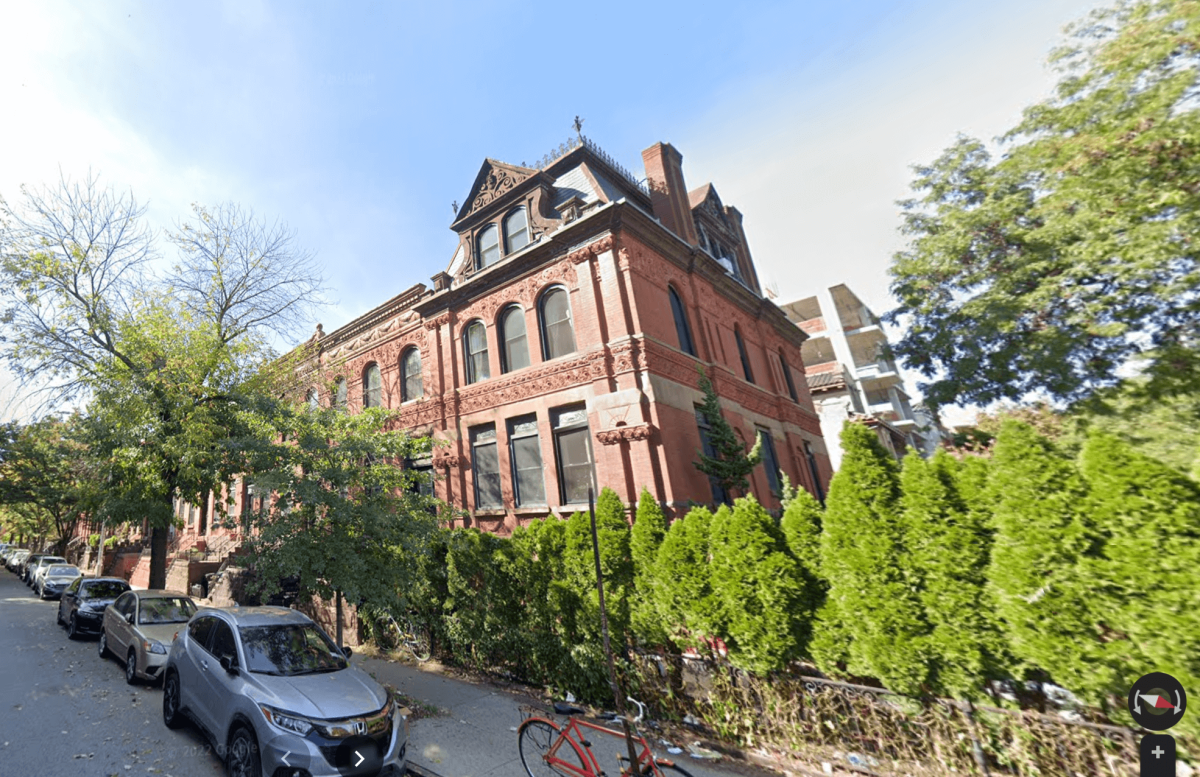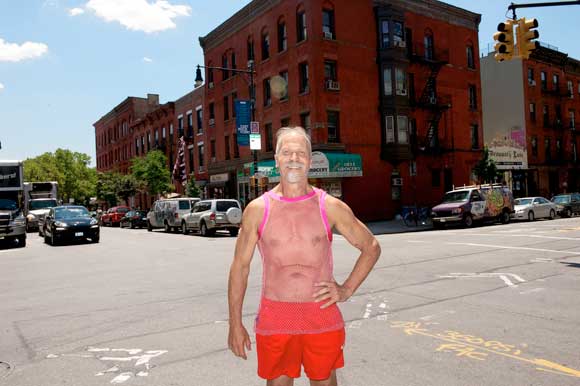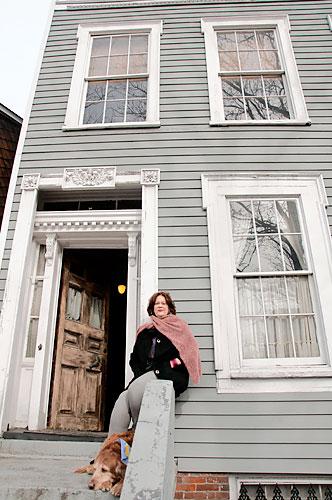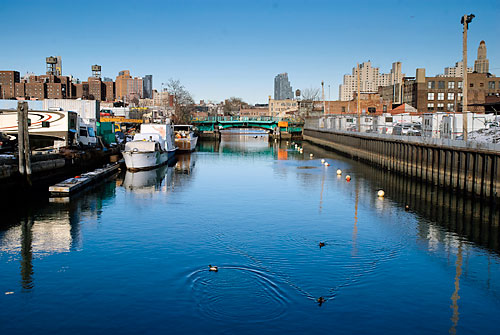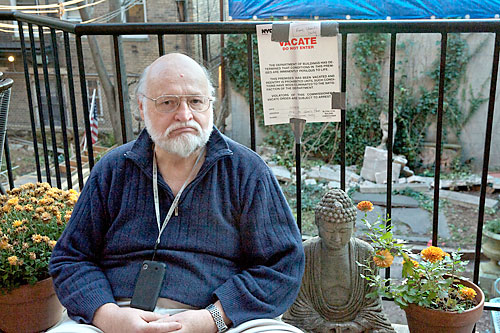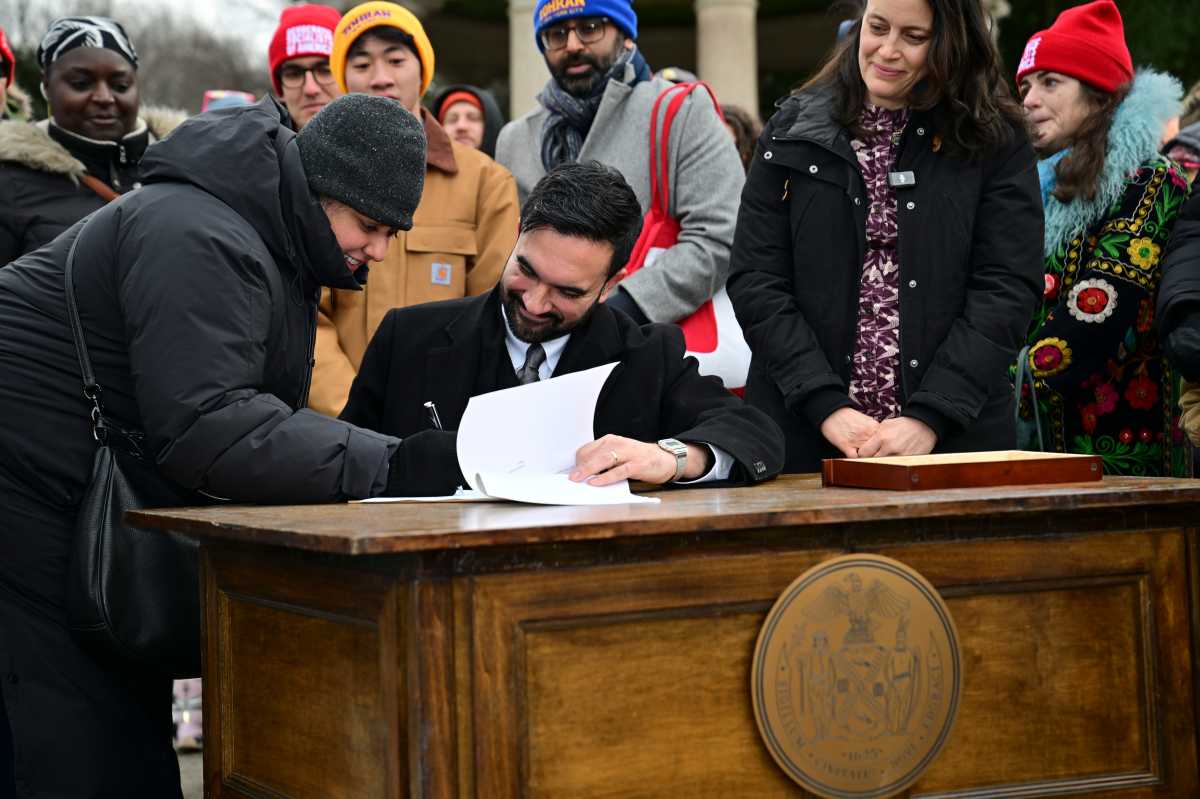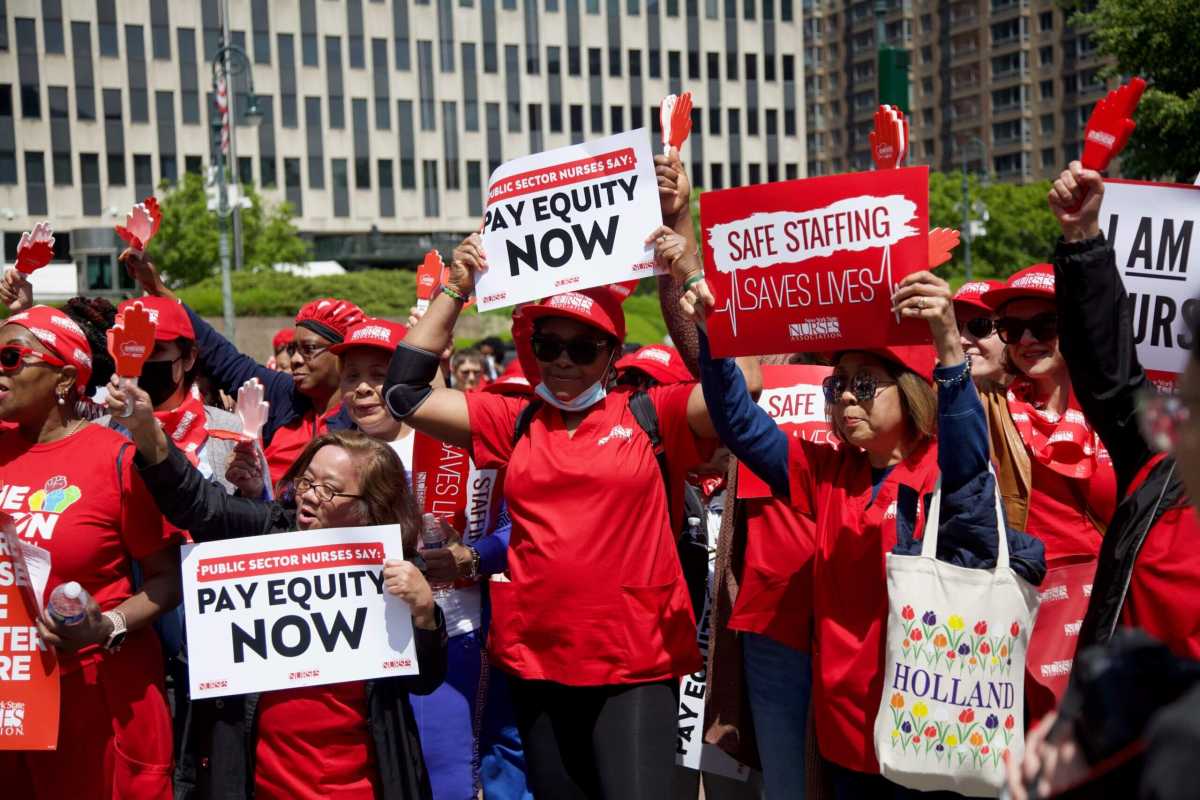Bushwick may soon make history!
The city’s Landmark Preservation Commission is proposing designating a section of Linden Street as the first historic district in Bushwick — much to the pleasure of locals — one of the trendiest neighborhoods in Brooklyn.
Neighbors, historians and advocates alike want a group of 32 brick and brownstone row houses built between 1885 and 1901, on the block comprehended between Broadway and Bushwick Avenue, to stay intact and serve as a remainder of the neighborhood’s history, no matter what the future has in store.
Designed by several Brooklyn architects, these distinctive row houses represent a variety of late-19th century styles resulting in a cohesive historic streetscape with a strong sense of place.
Bushwick is one of the original six Brooklyn towns chartered by the Dutch in 1661.
Linden Street was one of the first areas that was developed with masonry houses and it still retains the original rows along both sides of the narrow residential street.
Currently, there are eight individual landmark registrations in the vicinity, including Brooklyn Public Library’s Dekalb branch, Bohack house, the Huberty house, and the Ridgewood Masonic Temple — but some New Yorkers want to take things further.
The Historic District Council enthusiastically supports the designation of the Linden Street Historic District, said Lucie Levine, community outreach manager.
The ten Queen Anne-style row houses closest to Bushwick Avenue, designed in 1888, are notable for the decorative terra cotta panels, stained glass transom windows, and the impressive end house with its mansard roof and pedimented attic windows.
A row of neo-Grec Style row houses built a few years earlier, in 1885, have typical neo-Grec styling of incised-lintel designs and tall stoops with decorative ironwork.
At the end of the row, nearest Broadway, are three 1901 brownstone row houses with projecting bays and Renaissance Revival-style details. Across the street is an intact row of 11 Renaissance Revival-style houses built in 1894.

“Despite the Bushwick mansions’ grandeur, nothing beats the big red classics on my block, Linden Street,” said a resident of the block, Deborah Hicks.
The row houses have integrity to their original construction, and they complement each other to create a historic streetscape.
Minor alterations over the years on some of the houses consist of replaced windows, doors, and metalwork.
The houses have rusticated brownstone façades with alternating angled bays and large front yards. They exhibit different stylistic ornamentation, which according to Kelly Carroll, the director of advocacy at the Historic Districts Council, makes them rare, but they all share common features such as height, materials, color, decorative cornices, slightly recessed entries, and fenestration pattern along the facades.
“As evidenced by the new apartment buildings along Bushwick Avenue and elsewhere in the community, stylistic nods no longer occur in Bushwick,” said Carroll.
While the residents are largely in favor of the idea, some expressed concern on how the historic designation will limit the flexibility they have with their homes — including one resident, who worried that the designation would limit his ability to put solar panels on his roof.
“I think this is something the Preservation Commission should strongly consider,” said Allen Gamboa. “Whether this might be an appropriate time to re-examine this position and to create specific exemptions for anything that might be related to green infrastructures and climate change as it is one one of the most important problems the world is facing right now. And I know it’s not the intention of the LPC to be a factor in that, but when they are limiting the amount of solar panels that people can place on their houses, that could be an unintended by-product.”
According to the rules of the commission, if the original or historic roofing is missing from a designated landmark, LPC Staff may approve a substitute material that recalls, but does not necessarily match, the original or historic roofing in terms of its visual characteristics, including solar shingles, which are designed to look like and function as conventional roofing material while also producing electricity.
Other residents expressed other concerns as well.
Erik Nilsen, a member of Open New York, testified in opposition of the proposal by pointing out that the Big Apple is in the middle of a housing shortage crisis and these denominations limit housing supply by denying the ability to raise the maximum zoning allowed on those lots.
“I myself being a native New Yorker only became a homeowner in its neighborhood because of the construction of these so-called featureless new buildings, particularly new condo construction, and I would not want to prevent other people from the same opportunity that I had.”


